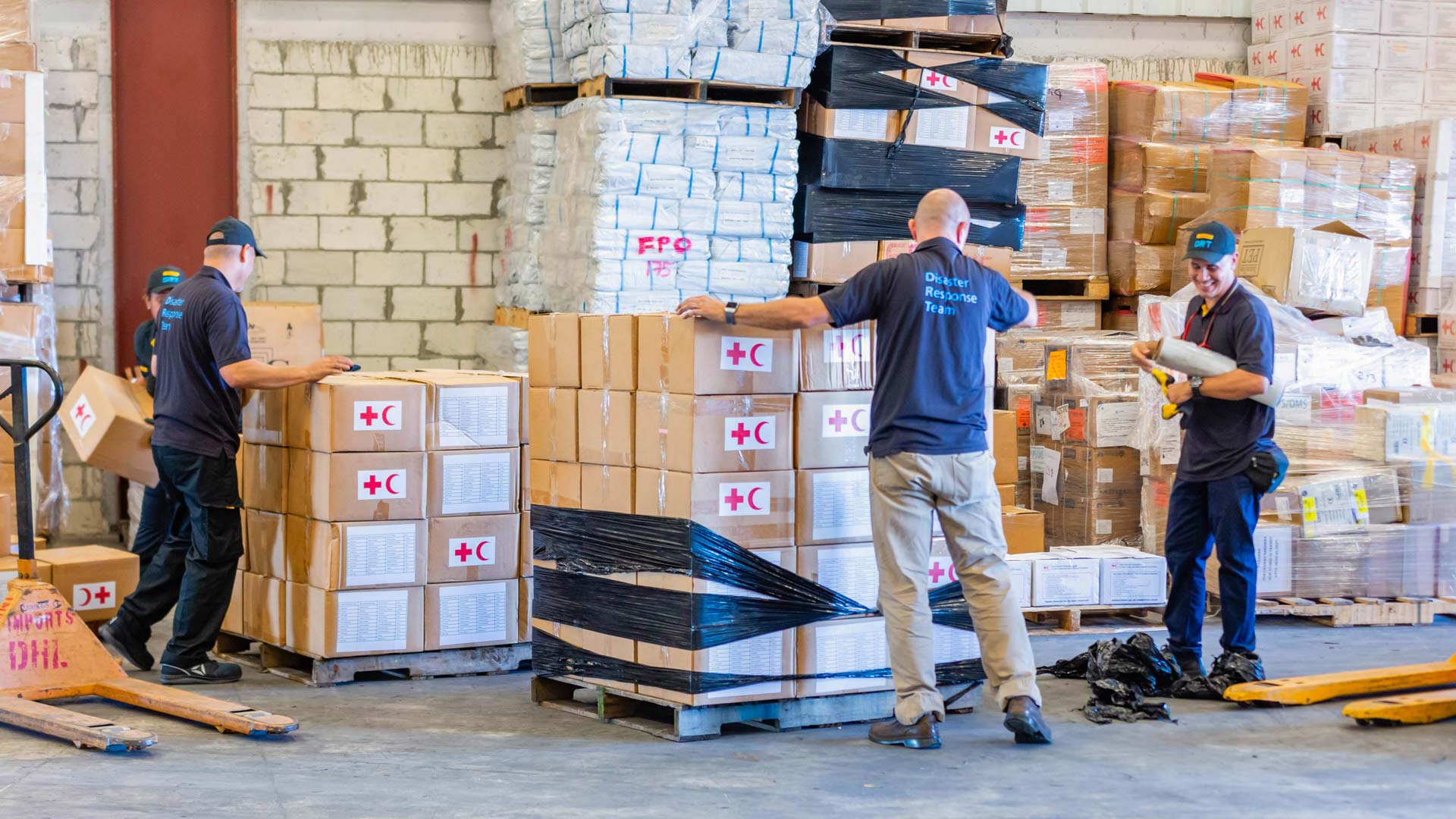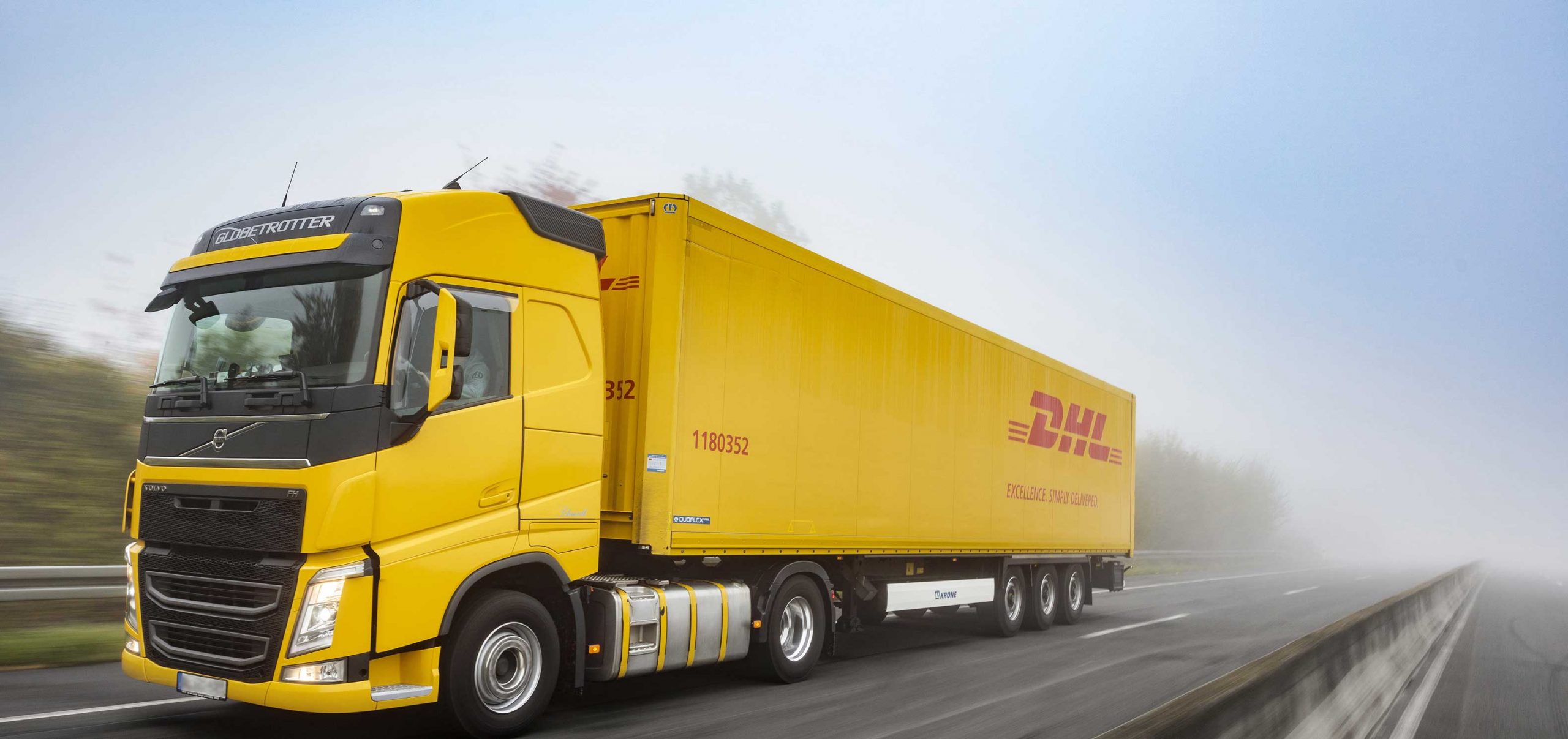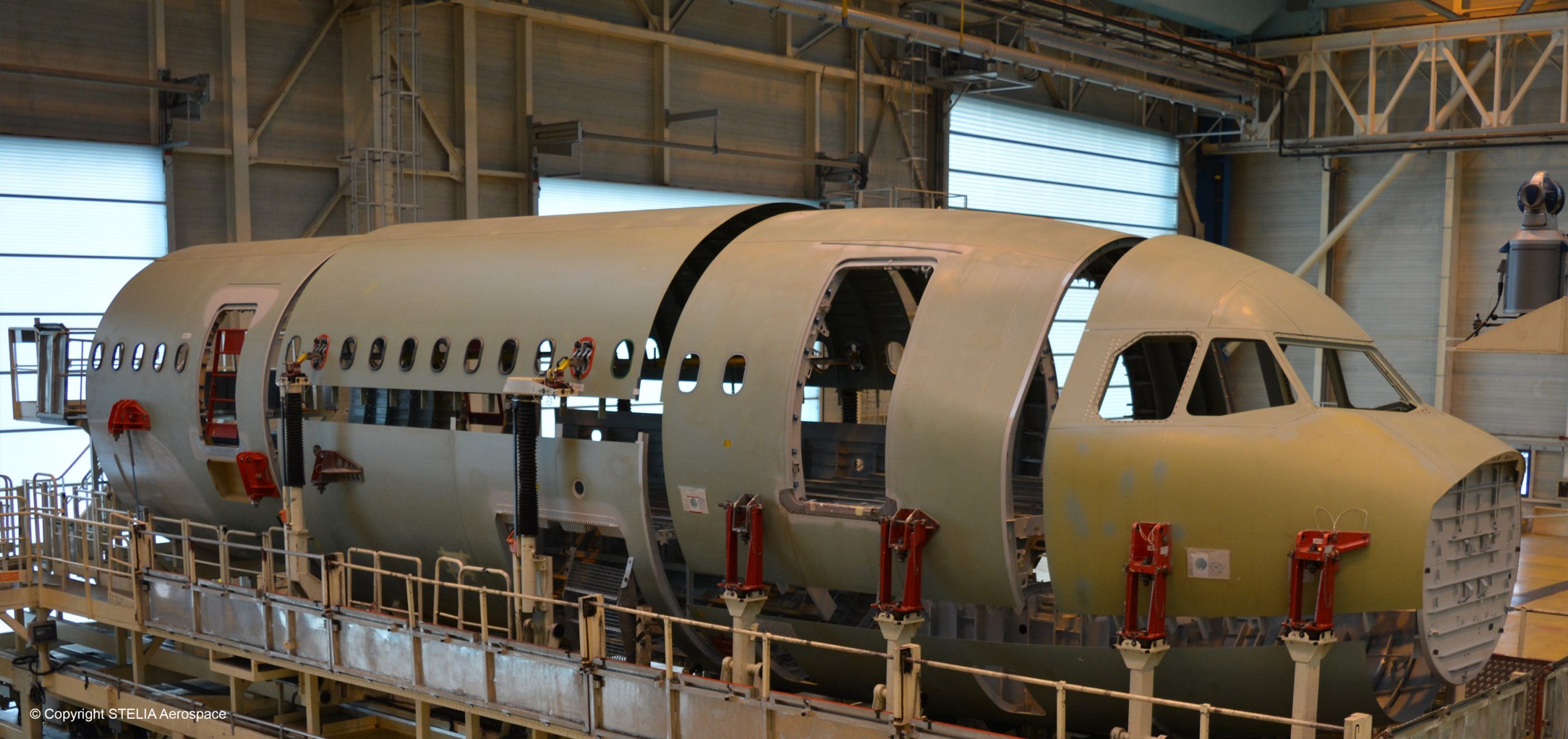
After a disaster such as the fatal earthquake in Turkey and Syria in February 2023, rapid action is crucial for saving human lives. Buried people must be rescued and all survivors must receive medical and humanitarian care. This is only possible if the urgently needed aid supplies arrive on site as quickly and securely as possible. Here you can discover how humanitarian logistics works and how Deutsche Post DHL Group and DHL Freight are getting involved.
Cooperation for a Common Goal: Saving Human Lives
Our blog posts often focus on sustainability, service quality, or the quality of work for our employees. These are all important and valuable issues. But when natural disasters like earthquakes or floods occur, it becomes clear that transport logistics can achieve so much more than just supplying people with essential goods – logistics can save lives in an emergency.
Definition and Importance of Humanitarian Logistics
When natural disasters occur, large quantities of vital emergency supplies must arrive in the affected regions as soon as possible. Committed logistics companies offer their resources and expertise for this purpose – free of charge. Humanitarian logistics does not pursue an economic purpose. The sole aim is to save lives and to support people in need.
Humanitarian logistics is centered around the four principles established by the United Nations (UN) for humanitarian aid in general:
- humanity
- neutrality
- impartiality
- independence

Logistics specialists cooperate with state authorities and institutions as well as non-governmental organizations (NGOs) for humanitarian logistics. In the case of non-democratic regimes such as Syria, cooperation is all the more difficult, but no less necessary – autocratic states in particular are often unable to supply affected citizens on their own.
Humanitarian Logistics: Challenges During and Prior to a Mission
Because purposeful help can only be successful if it is thoroughly planned, and yet everything has to be done quickly, time pressure and diligence are in constant conflict in humanitarian logistics. However, an analysis of actual needs and available transport routes is essential: no one is helped if the wrong goods arrive at the wrong place in the crisis region.
Specific questions are:
- What is needed? – For instance, equipment for removing debris, tools, bandages and medical supplies, tents, food, diapers and other hygiene items, or clothing.
- What can be procured where? – What can be obtained regionally to save time and what has to be delivered from afar?
- Who are appropriate cooperation partners? – In addition to the respective national authorities in the country in crisis, these can be civil protection organizations or other NGOs such as the Red Cross / Red Crescent, Malteser International or Médecins Sans Frontières. Sometimes a particular NGO knows the country of operation particularly well and thus is the ideal partner to ensure that the logistical assistance is as efficient as possible.
- What modes of transport are available? – In most cases, the aid supplies are first transported to regional interim storage facilities by the fastest means of transport. The most suitable mode for further distribution depends on whether the road or rail network in the crisis region is (still) intact. The local infrastructure often poses the greatest challenge for humanitarian logistics. When bridges collapse or roads are buried, improvisation is required. In extreme cases, urgently needed supplies have to be dropped from helicopters in special containers.
Nothing Works Without Sufficient Stocks and Well-Rehearsed Processes
Everything that is given in commercial logistics – intact and secure infrastructure, digital networking, long-term planning capability, etc. – does not exist in humanitarian logistics. In the moment of disaster, all those involved in the assistance are immediately called upon – speed can save lives. Therefore, it is crucial for logistics service providers to have standardized internal and external processes for emergencies and predefined measures to activate their aid programs immediately.
Emergency aid also involves certain products, for example medical supplies, to be produced and stored in stock so that they are instantly available. But even if time is a factor, medicines must still be licensed for international transport and must be shipped properly according to valid quality standards: for example, refrigerated and in special transport boxes. In the target area, everything then needs to be unloaded safely and stored appropriately. This requires logistics professionals who know their business. Before regional onward distribution, strict quality controls are mandatory for medical products and many other goods, even in an emergency.
The network character is crucial also in humanitarian logistics. You can only help quickly if you know your team and all the processes well
Oliver Oswald Humanitarian Aid Worker at the German Federal Agency for Technical Relief (Technisches Hilfswerk - THW) (GER)
Deutsche Post DHL Group’s Humanitarian Commitment
As one of the world’s largest logistics service providers, Deutsche Post DHL Group offers expertise and resources for disaster situations. For this purpose, the company has entered into a strategic partnership with the UN and launched the GoHelp program for disaster management. Important pillars of GoHelp are Get Airports Ready for Disaster (GARD) and the Disaster Response Teams (DRTs). Through GARD, airports are getting prepared for the logistical challenges of disasters. The DRTs take care of the logistical handling of relief supplies in the event of a catastrophe. As an interface to the NGOs or state institutions involved, the NRTs also ensure the coordinated transfer of supplies.
A network of around 500 volunteers has been established for the DRTs in cooperation with the UN Office for the Coordination of Humanitarian Affairs (UN-OCHA). They receive regular training and can be sent to disaster areas within 72 hours upon request in case of emergency.

Conclusion
Humanitarian logistics relies on the commitment of the private sector. Global companies such as Deutsche Post DHL Group and the logistics experts at DHL Freight have the technical expertise and the necessary resources to provide valuable assistance and save lives in the event of a disaster. This results in a humanitarian responsibility for all market participants. We are passionate about this responsibility and are making our contribution to effective humanitarian logistics through the GoHelp program in cooperation with the UN. For DHL, humanitarian logistics is a matter of the heart.
Frequently Asked Questions
What is humanitarian logistics?
Humanitarian logistics is the gratuitous planning, organization, and realization of aid transports to disaster areas, e.g., in the wake of a natural catastrophe. Logistics companies contribute their expertise and resources to deliver essential goods in cooperation with governments and NGOs.
What is important in humanitarian logistics?
In humanitarian logistics, every second counts – because in disaster areas, it can mean the difference between life and death. Close cooperation between logisticians, governments, and NGOs is a precondition for providing rapid support to those affected.
What should be considered in humanitarian logistics?
To ensure effective supply in the disaster area as quickly as possible, four questions arise in humanitarian logistics: What is needed? What can be procured where? Who are the appropriate cooperation partners? And which means of transport are available? The answers to these questions translate into detailed planning and rapid implementation of comprehensive aid.
What are the challenges of humanitarian logistics?
In humanitarian logistics, relief supplies must be transported to disaster areas. However, after natural or man-made disasters, local accessibility is often limited or non-existent. Cooperation with governments can be difficult, depending on the target country. In addition, all parties involved are under great time pressure.
How is Deutsche Post DHL Group committed to humanitarian logistics?
Deutsche Post DHL Group cooperates with the UN and runs the so-called GoHelp program for disaster management. Get Airports Ready for Disaster (GARD) and Disaster Response Teams (DRTs) are important pillars of the GoHelp program. GARD prepares airports for the logistical challenges of a disaster, while DRTs are responsible for the logistical management of aid supplies.



